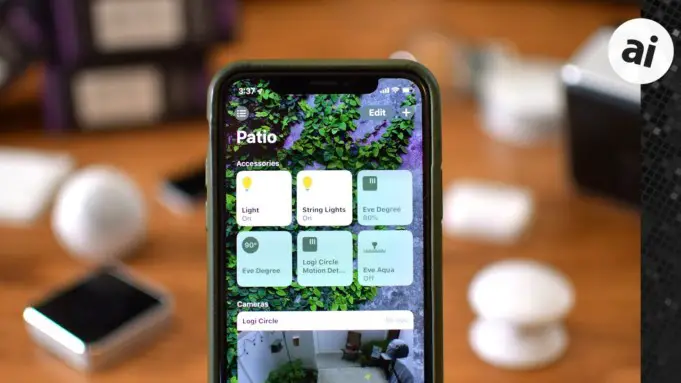Flu season rears it’s head every year like clockwork. And when it does, and a saboteur strain of H3N2 influenza bypasses the vaccine, would you rather shove a thermometer down the throbbing ear of your vomiting eight-year-old, or let a patch do all the trench work?
That’s where the VivaLnk eSkin Thermometer, a flexible thumb-sized patch shaped like a teddy bear on a jar of honey. It sticks on the forehead of a sick child – or adult, if so desired – and a smartphone app automatically records the temperature.
The evolution of the smartphone didn’t just change the way humans spent class (then: notes – now: Angry Birds). Smart technology is rewriting health. It is amassing medical records into national databases, performing de facto diagnoses, enabling remote surgeries and more. At the cusp of the digital revolution is Apple and its two superstars: Watch and Homekit.
The Apple Watch – not iWatch – is a “wearable,” slang for a computer masquerading as a headband, necklace, wristband and so forth. Crafted with a stainless steel a body and sapphire crystal display, the Watch costs about $600.
By its lonesome, the Watch doesn’t earn its price tag. Nifty features include a touchscreen display, voice controls and heart rate sensor, but $600 could buy a lot more elsewhere. The Watch needs a sidekick.
Meet Apple HomeKit. Have you heard about self-closing garage doors and ovens that preheat themselves? You can thank HomeKit for that. So long as third party developers cooperate, the Watch will be able to control thermostats, lights and appliances.
Some wonder what’s the big difference between Watch and iPhone? For now, that’s anyone’s guess. But as time goes by and developers utilize the Watch API, WatchKit, the difference should become obvious. Third-party developers will create their own apps and combine their products with the Watch.
The DexCom Monitor, for instance, measures glucose levels from a Class III medical device installed under the skin and graphs the data on the Watch’s display for convenient access. Cohero Health does something similar for asthmatics as DexCom does for diabetics.
There is a name for this sort of legerdemain: the Internet of Things (IoT). It’s a world where cars use V2V Bluetooth technology to avoid collisions, where coffee makers remember who likes what and when, where intelligent thermostats learn heating and cooling schedules automatically and it’s all synced with your home security system and controlled on your phone.
The Watch plays in an arena called Personal Area IoT. It’s where all your stuff wants to learn about you. Your $100 JawBone UP2 wristband calculates your sleep patterns and recommends your favorite healthy lunch entrees. Your Apple Watch – on the other wrist, of course – measures your heart rate and respiratory patterns as you recover from throat surgery. Your Embrace+ bracelet glows proudly every time Grandma likes your Facebook profile picture, if you’re a person who enjoys that sort of thing.
But a person can only wear so many wristbands. One day, all these products will consolidate. A single product – Apple Watch, perhaps – will measure everything from ECG/EMG/EEG rates to pulse oximetry. HomeKit will allow handicapped citizens to live at home, remotely monitored and assisted by caregivers. And the revolution is already happening. For instance, the BAM Labs TLC sensor mat, which slides under any mattress, measures sleep patterns, heart rate and breathing rates, and forwarded to hospital physicians.
Remember Moneyball, the 2011 film about an Oakland Athletics general manager who trusted a Yale economics graduate to scout out his baseball team? Wearables might do something similar for health. If all the biometric data gathered from personal technology is uploaded to the cloud and organized into trends separated by demographics, then – well, just imagine.
Could physicians and researchers identify the source of viral outbreaks? If opioid drugs decrease heart rates and blood pressure, then could law enforcement track a drug traffic route by watching its users?












